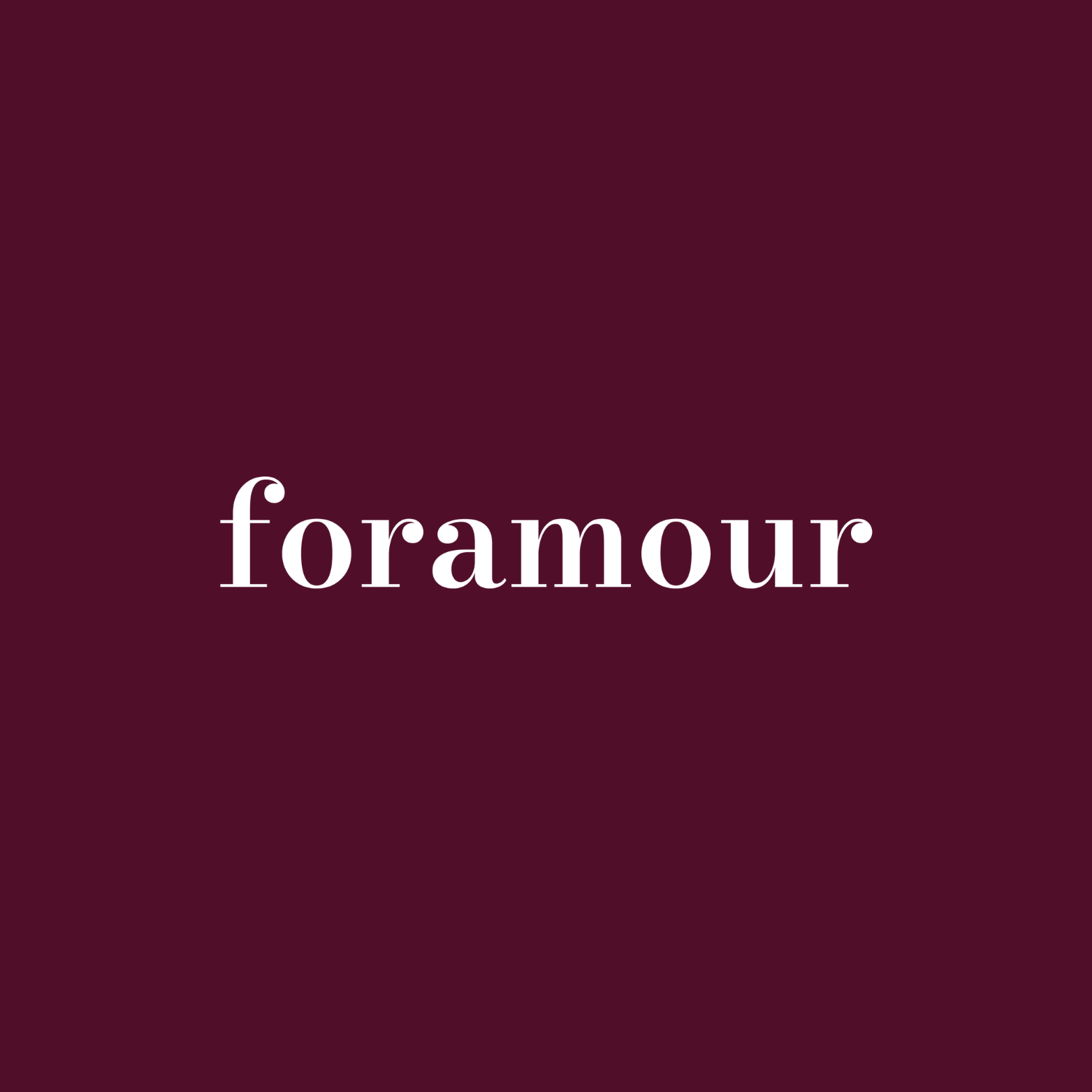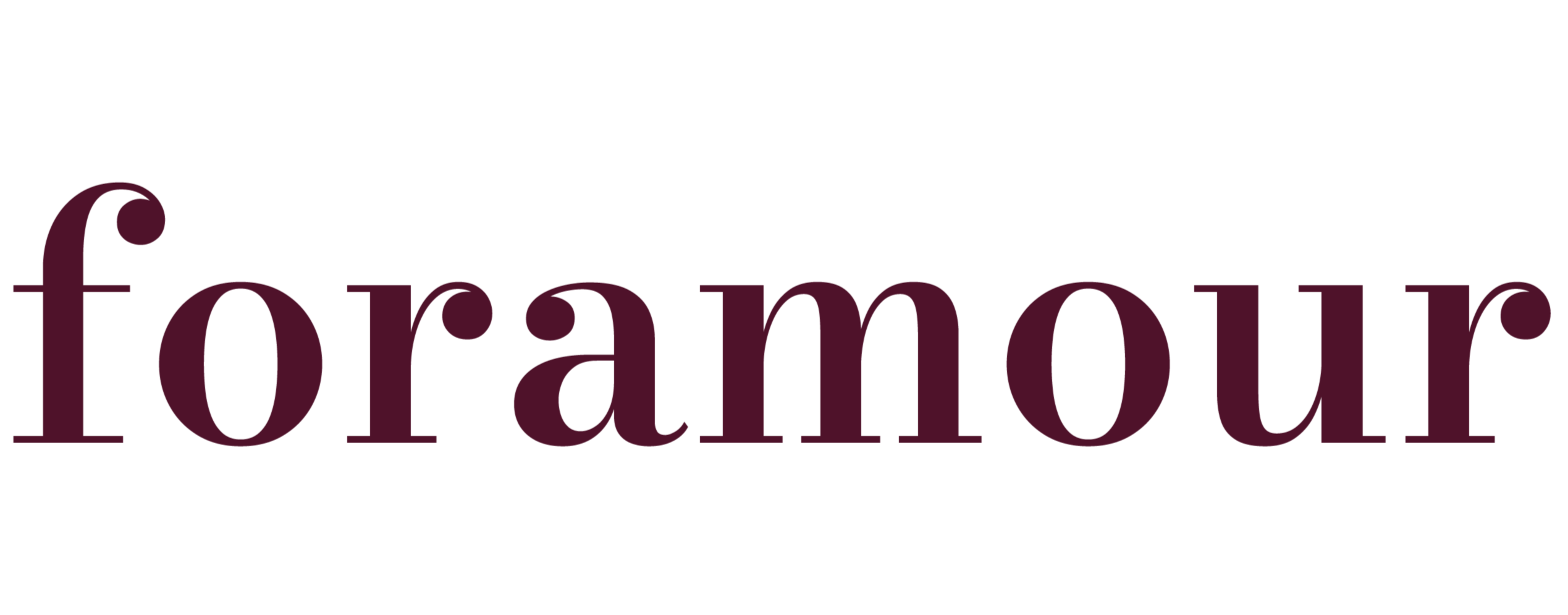
Narratives in Jewelry Passed Through Families
Quick Listen:
Imagine a delicate gold locket, its surface etched with faint initials, holding a faded photograph from another era. This isn't merely a piece of metal it's a chronicle of lives intertwined, a silent witness to joys and sorrows handed down through bloodlines. In the realm of premium jewelry, such heirlooms transcend decoration, influencing how elite brands conceive, promote, and distribute their creations. With buyers craving depth beyond dazzle, these familial tales are infusing vitality into upscale adornments, interlacing sentiment with precious elements like silver, gems, and rare alloys.
Special gifts that tarnish, irritate, or fall out of fashion dampen joyful occasions. That disappointment clouds memories meant to endure. Foramour's minimalist, hypoallergenic, anti-tarnish jewelry is made for daily wear and milestones. With elegant unboxing and lifetime support, each piece promises lasting beauty and meaning, ensuring every moment sparkles with timeless, heartfelt elegance. Shop Now!
How Family Heirlooms Shape Luxury Design and Retail Trends
Jewelry endures as far more than mere embellishment. It serves as a repository for recollections, a physical bridge to bygone times. Consider how a pendant might embody a parent's unwavering support, or how a pin could resonate with an ancestor's unyielding spirit. Within the high-end jewelry arena, this profound sentiment fuels a revival. Insights from a detailed analysis reveal that the global jewelry market reached a valuation of USD 361.6 billion in 2024, with projections indicating growth to USD 514.2 billion by 2032, advancing at a compound annual rate of 4.5% over the 2025-2032 period. Primary catalysts include escalating personal earnings, the expansion of name-brand pieces, broader embrace of adornments by males, and the surging appeal of various metals. Moreover, options for tailoring wedding accessories, heightened consciousness regarding the genuineness of materials and stones in ornaments, and amplified transactions via digital platforms all bolster this upward trajectory.
The escalating interest in branded adornments now represents over 25% of the overall sector, a pattern poised to persist. Such items attract affluent demographics who view them as emblems of prestige, prompting greater expenditures on opulent variants featuring diamonds and platinum. Additionally, the intensifying interest from female consumers in accentuating physical attributes through fashionable items like chains and nasal studs further propels sector expansion. Yet, beneath these figures lies a deeper truth: it's not solely affluence at play, but significance. Designs drawing from legacies, rich with individual and kin-related import, are revolutionizing what constitutes extravagance.
Esteemed houses such as Bulgari and Van Cleef & Arpels have embraced this movement, unveiling lines that summon legacy and perpetuity. Their promotions transcend vending gems; they vend sagas of affection, bereavement, and inheritance. Concurrently, solo artisans are establishing specialties through custom remakes, converting an ancestor's antiquated clasp into elegant, current ear ornaments while preserving its essence. These creations strike a chord by linking eras, enabling bearers to transport their lineage's chronicle forward.
The Rise of Heritage and Customization
The fervor for legacy-motivated jewelry is tangibly remodeling the field. Personalization thrives as patrons aim to safeguard or reinvent ancestral artifacts. A comprehensive study underscores that the luxury jewelry market was appraised at USD 48.93 billion in 2024, set to ascend to USD 53.04 billion in 2025 and further to USD 110.52 billion by 2034, manifesting a compound growth rate of 8.5% throughout 2025-2034. A pivotal element is the upswing in calls for bespoke creations, wherein labels fashion items attuned to personal preferences. Be it inscribing a medallion with a clan emblem or repositioning an antique gemstone into a modern setting, such adaptations permit individuals to venerate their origins amid adopting current styles.
This shift reflects broader consumer desires for uniqueness in an age of mass production. Brands are responding by integrating advanced technologies, such as 3D modeling software, to visualize potential alterations before any physical changes occur. This not only minimizes risks but also enhances customer satisfaction, turning a simple transaction into a collaborative journey. Furthermore, the emphasis on personalization extends to bridal collections, where couples seek pieces that encapsulate their shared history, blending traditional motifs with contemporary flair.
Vendors are innovating too. Upscale outlets provide engaging sessions allowing patrons to recount the anecdotes tied to their treasures, cultivating stronger ties to the label. In the Asia Pacific zone, commanding a 44.8% earnings portion of the demi-fine jewelry market in 2024 per an industry evaluation, craftsmen draw upon societal customs such as elaborate matrimonial ensembles in South Asia or ornate armlets in the Arabian region to forge tale-centric assortments. These artifacts surpass mere trinkets; they constitute episodes in a clan's epic, donned with honor and reverence.
Beyond regional influences, global trends show a convergence of cultures in design. For instance, elements from European heraldry might merge with Asian symbolism in a single piece, appealing to multicultural families. This cross-pollination enriches the narrative layer, making jewelry a canvas for diverse heritages. Retail strategies are adapting accordingly, with pop-up events and workshops dedicated to heirloom storytelling, drawing in crowds eager for authentic experiences over impersonal shopping.
Ethics and Sustainability: A Modern Legacy
Contemporary patrons demand aesthetics paired with integrity. The aforementioned study emphasizes an expanding call for responsibly procured stones and eco-friendly manufacturing, as eco-aware purchasers emphasize openness and accountability in upscale acquisitions. Gold dominated the arena in 2024, propelled by its perennial societal worth, substantial liquidation value, and role as a secure refuge investment. However, this prominence holds only if sourcing is verifiable. Labels counter with ledger-tech verifications and virtual reality instruments to chronicle an ornament's path from extraction to possession. Such advancements guarantee that legacies conveyed via heirlooms remain unblemished by moral qualms, syncing with emerging generational principles.
This ethical pivot is not merely a trend but a necessity in a scrutinized industry. Scandals involving conflict minerals have heightened awareness, pushing brands to adopt certifications from organizations like the Responsible Jewellery Council. Sustainability extends to recycling programs, where old pieces are melted down and reformed, reducing environmental impact while preserving sentimental value. Consumers, particularly those inheriting family jewels, appreciate these efforts, as they ensure future generations receive items free from ethical baggage.
Nevertheless, obstacles endure. Harmonizing conservation with updating poses a subtle challenge. An ill-conceived overhaul might erode emotional worth, estranging clients. Legitimacy presents another barrier confirming the lineage of bequeathed items in secondary trades brims with peril. As mainstream labels inundate the scene with superficial "customized" baubles, elite sellers must intensify efforts to distinguish their anecdote-oriented propositions. The perils are substantial, yet the payoffs match them.
Addressing these hurdles requires expertise and sensitivity. Jewelers train staff in historical appraisal techniques, ensuring redesigns respect original craftsmanship. Partnerships with gemologists and historians add layers of credibility, turning potential risks into strengths. In this way, the industry not only mitigates challenges but transforms them into opportunities for deeper engagement.
Opportunities in Storytelling
For opulent labels, the anecdote surge represents a treasure trove. By interlacing kin tales into promotions, they cultivate sentimental bonds that foster devotion. A gemstone circlet transcends acquisition; it becomes a stake in perpetuity. This affective gravity validates elevated valuations, particularly for tailor-made artifacts bearing a lineage's chronicle. Technological progressions magnify these prospects machine-learning propelled mockups permit patrons to foresee legacy revisions, whereas digital asset tokens affirm genuineness. These implements exceed utility; they redefine patron interactions with adornments.
The digital realm amplifies storytelling, with social media platforms showcasing user-generated content about heirlooms. Brands curate these narratives in campaigns, humanizing their image and building community. Virtual reality experiences allow remote customers to "try on" redesigned pieces, bridging geographical gaps. This tech integration appeals especially to tech-native demographics, expanding market reach.
Emerging consumers, notably those born in the late 20th and early 21st centuries, gravitate toward this fusion of tradition and novelty. Valuing veracity, they propel interest in narrative-laden items. An examination points to the broadening adoption of ornaments by males, stimulated by societal evolutions and web-based commerce, simplifying discovery and adaptation of pieces. Sellers exploit this through remote advisory sessions and anecdote-focused drives that echo through ages.
Market data supports this youth-driven shift. With increasing disposable incomes and a penchant for meaningful purchases, younger buyers are reshaping priorities. They favor brands that align with their values, such as inclusivity and diversity in designs, further embedding narratives that reflect varied family structures and backgrounds.
A Memorable The Future of Family Jewels
As the upscale adornment sector progresses, the chronicles ingrained in kin heirlooms will amplify in influence. These artifacts be it a string of orbs inherited across Nipponese lineages or a metallic loop endured through eras in Levantine homes surpass baubles. They anchor identities, rooting individuals in heritage while guiding toward tomorrows. The field's mandate is to revere these accounts amid adopting advancements and eco-practices. Labels that triumph will exceed vending ornaments; they'll safeguard heritages, anecdote by anecdote.
Anticipate an influx in legacy safeguarding offerings and custom metamorphoses. Sellers will emphasize narration more robustly, deploying electronic aids to animate kin chronicles. Statistics affirm this: the worldwide ornament arena is slated to attain USD 514.2 billion by 2032, while upscale variants are forecasted to multiply twofold by 2034. Prospects gleam for entities uniting sentiment with ingenuity. Amid ephemeral fads, the perpetual might of a clan's tale imprinted in alloy and crystal persists eternal.
Frequently Asked Questions
How are family heirloom stories influencing luxury jewelry design trends?
Family heirloom narratives are revolutionizing luxury jewelry by shifting focus from pure aesthetics to meaningful storytelling. Premium brands like Bulgari and Van Cleef & Arpels now create collections that evoke legacy and permanence, while independent artisans specialize in custom remakes that transform ancestral pieces into contemporary designs. This trend reflects consumer's desire for depth beyond dazzle, with personalized jewelry that connects generations and preserves family chronicles.
What is driving the growth in personalized and heritage-inspired jewelry?
The luxury jewelry market's growth to a projected $110.52 billion by 2034 is largely driven by increasing demand for bespoke creations and heritage-inspired pieces. Consumers seek uniqueness in an age of mass production, leading brands to integrate advanced technologies like 3D modeling software for custom alterations. This personalization trend extends especially to bridal collections, where couples want pieces that encapsulate their shared history while blending traditional motifs with contemporary flair.
How do ethical sourcing and sustainability impact heirloom jewelry redesign?
Modern consumers demand both aesthetics and integrity when redesigning family heirlooms, driving demand for responsibly sourced materials and eco-friendly manufacturing. Brands now use blockchain technology and virtual reality tools to track jewelry's journey from mine to owner, ensuring ethical provenance. Sustainability extends to recycling programs where old pieces are melted down and reformed, reducing environmental impact while preserving sentimental value for future generations.
Disclaimer: The above helpful resources content contains personal opinions and experiences. The information provided is for general knowledge and does not constitute professional advice.
You may also be interested in: Minimal & Dainty – foramour
Special gifts that tarnish, irritate, or fall out of fashion dampen joyful occasions. That disappointment clouds memories meant to endure. Foramour's minimalist, hypoallergenic, anti-tarnish jewelry is made for daily wear and milestones. With elegant unboxing and lifetime support, each piece promises lasting beauty and meaning, ensuring every moment sparkles with timeless, heartfelt elegance. Shop Now!
Powered by flareAI.co
Share


